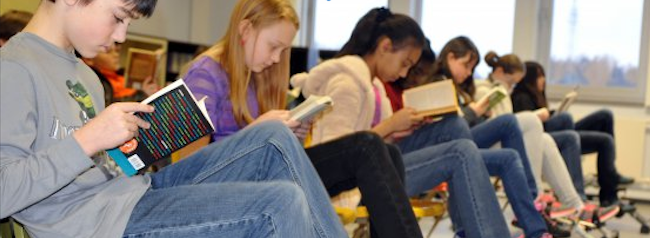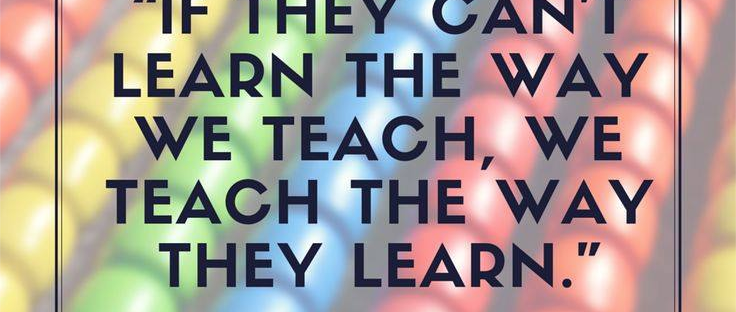Student reading seems to either go great or be a challenge. If your students or child seem to be struggling, here are some ideas that might help them to succeed.
- Find something the child is really interested in. Many times certain age groups and classrooms are into similar stuff, like Minecraft, Legos, Disney. Find what the children are interested in and teach using that. With this in mind, remember that not all children in the classroom are the same, so if one child is truly struggling, ask them their interests. Look at who is on their backpack or shirt if they are having a hard time coming up with ideas.
- Choose material slightly below their level. Although a challenge can be fun, it can also be exhausting. If the child has to stop too often because the words are not in their vocabulary or if they can barely read the words at all, the idea of reading is going to become a task.
- Do not over test. Tests can be stressful, and you do not want the child to associate reading with stress. It’s a daily skill that they are going to need to have, so making it stressful is less than ideal. Yes assessments are necessary to see progress, but don’t make every book about that or the student is likely to shy away from letting their imaginations dive into the book.
- Set goals. Clear objectives not only define where you are at, they also motivate you and reward you when you accomplish great things. Let the child enjoy their success by pre-defining a student reading goal.
- Make Reading Fun. Make student reading enjoyable, add variety, and truly enjoy it. Reading is full of many different parts (like phonics, vocabulary, comprehension, retell, and more) each with its own challenges. Embrace the struggles and persist on understanding the books. If you are having fun, it is more likely so is the student. Games are also great like making silly sentences or playing a game and simply understanding what the cards say.
Hope these ideas help. Feel free to share some of your own ideas.
Articles Related to ‘Student Reading: Finding Success and Enjoyment In Literature’
Get Child to Read: An Early Start
Book Facts: Reading is a Gateway to so Much More




